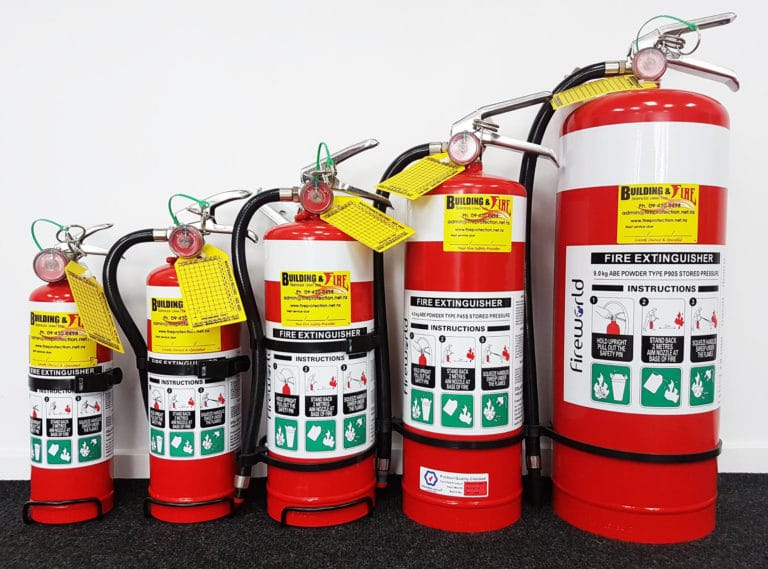Do you know how to use a Fire Extinguisher?
You probably see fire extinguishers everywhere, but do you know how to use one?
In this post, we are going to provide tips on the do’s and don’ts of using a fire extinguisher. The thought of using a fire extinguisher doesn’t have to be intimidating!
WHERE SHOULD YOU HAVE FIRE EXTINGUISHERS?
It is advised that you have fire extinguishers in the following areas:
- Cooking areas
- Work environments
- Caravans, boats and your home
Only use a Fire Extinguisher if you are confident in using one correctly. Check the fire before you begin to extinguish, as you need to check the size and the location of the fire, as the fire needs to be smaller than a small rubbish bin. Ensure every person is accounted for and has evacuated the building. Always have a safe and clear escape route planned, before you begin to extinguish the fire.
The technique we suggest using is the PTASS technique to help remember the steps of using a fire extinguisher
Pull the safety pin or remove the clip
Test squirt the extinguisher to make sure it’s working
Aim the nozzle at the base of the fire from a safe distance. Most extinguishers are designed to be operated from about 2-3 metres away
Squeeze the handles
Sweep the extinguisher from side to side while aiming at the base of the fire
The first tip is to ensure everyone is out of the building, then call 111, then remember PTASS.
Different types of fire extinguishers are available, all have differences which are appropriate for the six different types of fires.
- Water
- Foam
- Wet chemical
- Dry powder
- Carbon dioxide
- Specialised materials for class D fires
CHOOSING THE CORRECT FIRE EXTINGUISHER
Choosing the correct fire extinguisher for you depends on your needs. For example, in your home you’ll most likely experience a fire because of cooking. However, in your workplace it may be more likely that you’ll experience a fire because of the equipment or gases.
The different classes of fire:
- Class A: Wood, paper, plastics
- Class B: Flammable & combustible liquids
- Class C: Flammable gases
- Class D: Fires involving combustible metals
- Class E: Electrically energised equipment
- Class F: Cooking oils & fats
It is vital in choosing the correct fire extinguisher because using the wrong one may make the fire worse, for example, if you were to use a ABE dry powder extinguisher on a fire caused by cooking oil or fat, it will make the fire bigger.
Book Fire Extinguisher Online Training Book In-Person Training and use a Real Extinguisher
